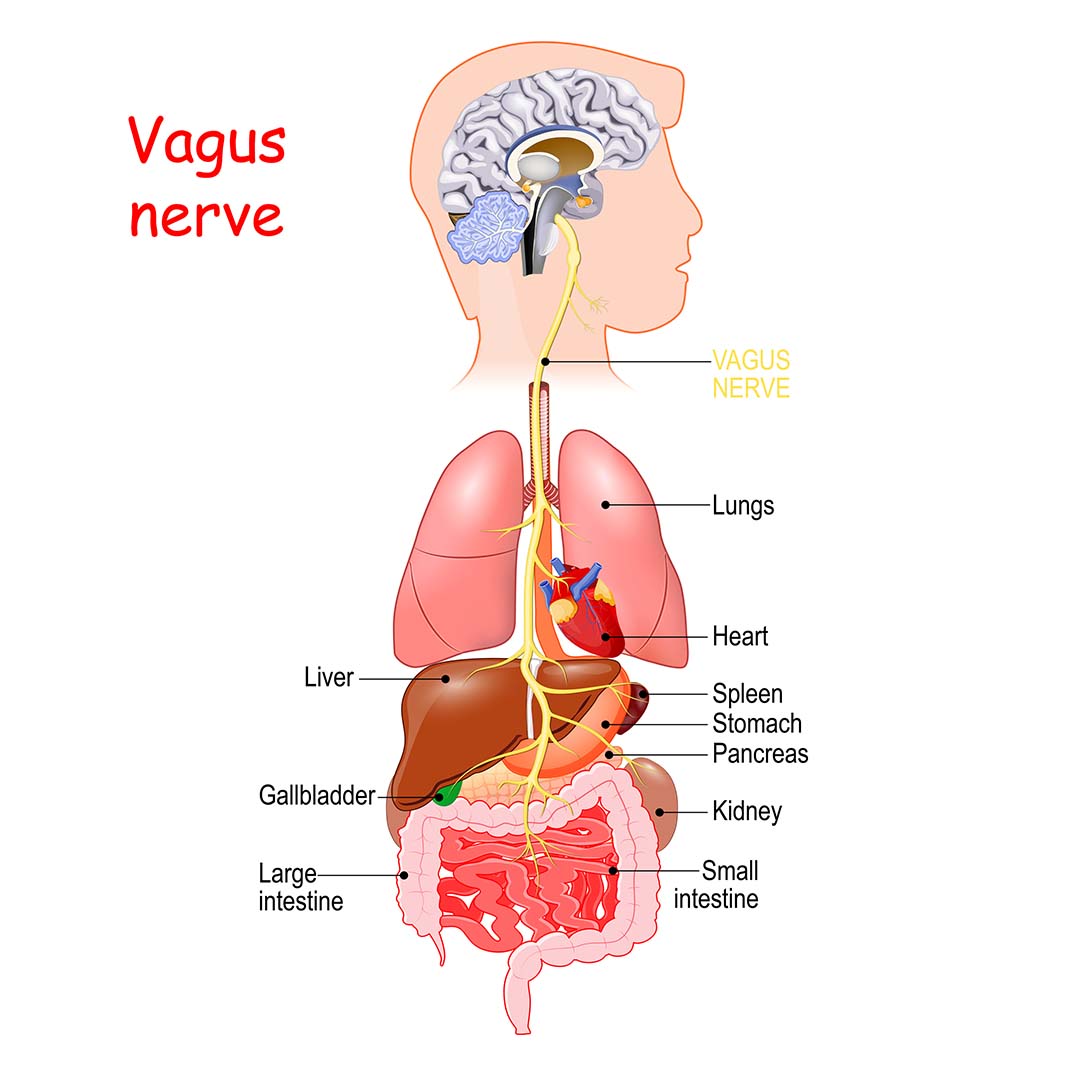1 in 3 Canadians will be affected by mental illness during their lifetime.
How many people are in your family?
If you counted more than three, one of you is likely to be affected by mental illness. It could be you.
According to the data blog on the Government of Canada website, factors that will contribute to the approximately 9.1 million (1 in 3) Canadians being affected by mental illness include family history, stressful life events, negative early life experiences, and socio-economic status. A critical element missing from this list is spiritual awakening.
Carl Jung, widely regarded as one of the most influential psychologists in history, acknowledged the role of spiritual awakening in mental illness. He recognized spiritual awakening as a natural process in human evolution that could result in mental illness if the individual was not prepared.
Did puberty give you a choice? No, it is a natural process along the path of human development. Do you think it would be possible to experience anxiety, depression, or even posttraumatic stress if you suddenly experienced monthly vaginal bleeding or spontaneous sleep orgasms in the context of a society where people didn’t talk about such occurrences or even express the slightest awareness of their existence? In the Western World, this is pretty much the case for Kundalini or spiritual awakening.
Kundalini is a Sanskrit word with its origins in the East. It refers to the life force that lies like a coiled serpent at the base of the spine until awakened by hormonal changes in the body. Like puberty, these hormonal changes initiate a new stage of development. In terms of Kundalini awakening, the potential energy stored around the pelvis begins to ascend along the spine to the head. This results in higher levels of awareness.
 A snake rising up your back may be an understandable cause for mental unrest! Demonstrated by snake charmers for centuries, the rise of the serpent is symbolic. The spine is home to the central nerves of the body through which the life force travels. The image of the snake is symbolic of a nerve – a live wire. Spiritual awakening involves the ‘firing up’ of one specific nerve, the vagus. The vagus nerve is the 10th cranial nerve. It’s the longest nerve in the body, travelling from the head down to the gut. Sharing its origins with words like vagabond, vagus is Latin for “wanderer”. The vagus nerve acts as a connecting link for all the major nerve centres along the head and spine. The primary nerve in the relaxation response, the awakening power of the vagus creates a connecting and calming effect on the body which flips the switch from the fight and flight control of the amygdala to the higher cognitive function associated with another part of the brain called the prefrontal cortex.
A snake rising up your back may be an understandable cause for mental unrest! Demonstrated by snake charmers for centuries, the rise of the serpent is symbolic. The spine is home to the central nerves of the body through which the life force travels. The image of the snake is symbolic of a nerve – a live wire. Spiritual awakening involves the ‘firing up’ of one specific nerve, the vagus. The vagus nerve is the 10th cranial nerve. It’s the longest nerve in the body, travelling from the head down to the gut. Sharing its origins with words like vagabond, vagus is Latin for “wanderer”. The vagus nerve acts as a connecting link for all the major nerve centres along the head and spine. The primary nerve in the relaxation response, the awakening power of the vagus creates a connecting and calming effect on the body which flips the switch from the fight and flight control of the amygdala to the higher cognitive function associated with another part of the brain called the prefrontal cortex.
When not recognized and supported, this transition from lower, fear-based cognitive control to higher modes of operating can be fraught with complications. Psychiatrist, Dr. Lee Sanella, provides a helpful list of common signs and symptoms observed in his book, Kundalini – Psychosis or Transcendence. These include:
Spontaneous Movements – unaccustomed body postures, or even classical yoga postures. Random smooth, sinuous, spasmodic, jerky, or vibratory movements in any part of the body. The body may spontaneously lock into one position for a period.
Breathing Changes – breathing may become shallow, rapid, deep, or even pause.
Body Sensations – spontaneous contraction of the pelvic floor, throbbing at the base of the spine; all embracing sensations of tingling, vibration, hot, cold, itch, tickle or pain in the spine, eyes, head, or other body parts.
Changes in the Thought Process – Like the breath, thoughts may speed up, slow down or stop altogether. Some people report they feel close to insanity as the thoughts become unbalanced, strange, or irrational.
The individual may also experience a feeling of detachment like they are watching what is happening, including: their own thoughts, feelings, and actions; unusual or extreme emotions; or psychic phenomenon.
Whether your mind feels a little off kilter from the kick of natural disasters, severe weather events, or the natural process of increasing consciousness, the calm down remedy is the same. Tone the vagus nerve. Like toning a muscle, these easy to apply practices whip your vagus into shape to help you regain your mental-emotional balance.
Go for a walk. Immersing yourself in nature aligns you with your own inner nature and helps you fall back into rhythm with the natural cycles of life.
Take a Bath. Hot water increases your body temperature, releasing tight muscles and activating the soothing vagus impulses that calm both body and mind.
Sing or Hum. Winnie-the-Pooh was on to something with his happy hums and songs. Humming sends good vibrations through your body that stimulate the vagus nerve, producing the signature calming effect. Similarly, singing creates positive waves while relaxing your diaphragm and switching on the vagus.
Breathe Deeply. Deep breathing not only releases diaphragmatic tension but increases the supply of oxygen to the brain, magnifying vagus activation.
Hug. A warm embrace releases the ‘love hormone’ oxytocin. This bathes the brain in positive feelings of safety and connection and cues the vagus nerve to take control.
So, if your mental struggles do not fit into the typical boxes, fail to match traditional symptoms, or seem to have no remedy, it might be time to explore the possibility of spiritual awakening as the root.
